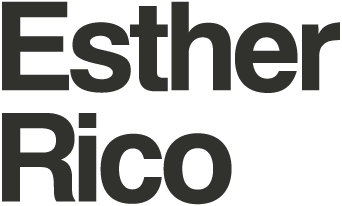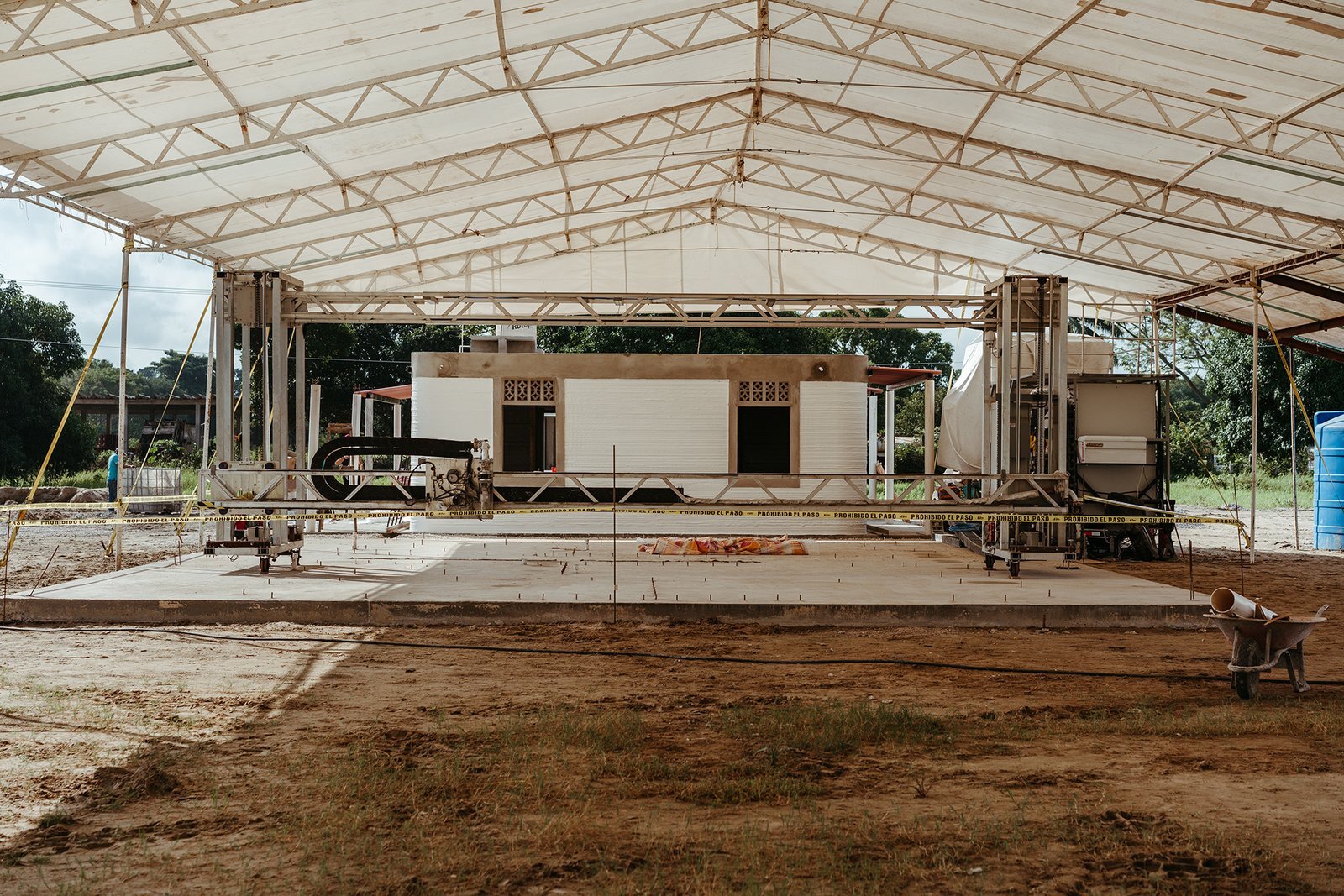Making social housing feasible
Zero cost would probably be difficult to achieve, but what about a reduction to both economic costs and carbon footprint?
We know that not all construction is wet construction, but if we take bricks as the standard, we will realize that high temperatures are needed for their production and that recycling is difficult following their useful life.
I believe that a winning formula would be a combination of the additive manufacturing process with advanced materials (imagine a base formula that would allow for local adaptation.)
The start-up ICON has carried out several projects in collaboration with non-profit entities in which it has tested out its 3D house printer. In 2018 it sought to provide community with 44 m2 homes, produced thanks to the VULCAN and later VULCAN II printer in collaboration with New Story Charity and ÉCHALE in Tabasco, Mexico. After 18 months of planning, the first two houses of a community of 50 in total were printed. At the same time, another step forward was taken at the end of December with the creation of the welcome centre for the second phase of Community First! Village, thus expanding the capacity for housing the homeless. The first domestic units arrived in March 2020. With each new version they have managed to improve on execution time. 3D printing is new to us, but while it has not yet been mass implemented, its use is becoming normalized in the construction market.
Indeed, one of the premises of ICON is to make decent homes accessible to everyone around the world. This is a major goal to reach and achieve, but the company is on the right track, making progress towards it. Whilst the Tabasco Mexico project encountered unforeseen events such as weather conditions, in the next phase they will surely progress further, taking on board the lessons learnt. In addition, this project has the particularity that it must be safe on a seismic level.
But for me the important thing is that they continue to progress, both internationally and locally, since this joint action in the city has led to the resolution of logistical issues, if not all the legal aspects.
Perhaps the limited space between the houses is surprising, but I think that, if we consider that these areas are not always serviced by electricity or water, there is some logic behind this. If anyone would like to assist these social projects to develop faster, it is in all our hands, since this work is funded by donations. It is true that the best way to secure a home is to have a job, but why not give this inverted formula a chance?
Photo credits Regan Morton Photography Community First Village, Josua Perez Tabasco. ICON
Source: https://www.esdesignbarcelona.com/es/expertos-diseno/puede-la-tecnologia-facilitarnos-un-hogar-digno





